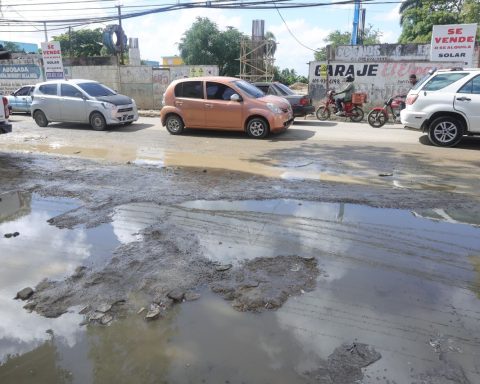In 1985, the area occupied by soybean plantations was 4.4 million hectares and, in 2023, it had already reached almost 40 million hectares, which corresponds to the size of Paraguay and 14% of the entire agricultural area in Brazil. . In the first years of analysis, from 1985 to 2008, there were 18 million hectares, of which a third (30%) consumed areas of native vegetation (5.7 million hectares) and 5 million hectares (26%) resulted from a process of converting pasture land to soybeans.
In the second period of analysis, the numbers referring to soybean expansion changed. From 2009 to 2023, grain expanded by over 17 million hectares, of which 6.1 million hectares (36%) came from pasture conversion and 2.8 million hectares (15%) were previously vegetation spaces native.
The data comes from one of the recent surveys carried out by the MapBiomas network, released this Friday (6). The experts responsible for interpreting what was collected in mapping point out that, from 1985 to 2023, the area occupied by temporary crops, such as soybeans, in addition to sugar cane, rice and cotton, increased by 3. 3 times, going from 18 million to 60 million hectares.
Last year, the biome where soy grew the most was the Cerrado (19.3 million hectares). Next come the Atlantic Forest (10.3 million hectares) and the Amazon (5.9 million hectares). MapBiomas researchers emphasize that Pampa is the biome with the largest proportional area in relation to its territory, with more than a fifth (21%) filled by soy monoculture (4 million hectares).
Eliseu Weber, one of the agriculture researchers at MapBiomas, comments that soybeans are preferred over livestock farming because they produce results more quickly. Therein lies the economic element that justifies businesspeople investing in commodities. “In addition, there is a political component, which is the lack of conservation actions for these physiognomies that are so rare in Brazil. Pampa is 2.5% of the country and two thirds of it is already gone”, he states.
The new MapBiomas report also indicates that pastures cover approximately 164 million hectares, equivalent to 60% of the country’s agricultural area. The number of hectares today results from a 79% increase in relation to the 92 million hectares in 1985.
As the researchers note, pasture is currently the main anthropic use of Brazilian territory. Anthropic is a term used to designate something that has been modified by human action. A total of 59 million hectares (36%) of Brazilian pastures are in the Amazon, a biome that has already lost 14% of its area for this purpose.
In the Cerrado, 51 million hectares (31%) were recorded, where pastures make up 26% of the biome. Together, the Amazon and the Cerrado were the biomes of choice for the installation of two thirds (67%) of Brazilian pastures.
The biomes with the largest proportional pasture area are Caatinga, Cerrado and Atlantic Forest, with 23 million hectares (27% of the biome), 51 million hectares (26% of the biome) and 29 million hectares (26% of the biome), respectively. MapBiomas highlights that the majority (84%) of grazing areas in the Atlantic Forest have existed for more than 30 years. In the case of the Cerrado, 72% of the pasture areas used to date were opened more than 20 years ago.


















